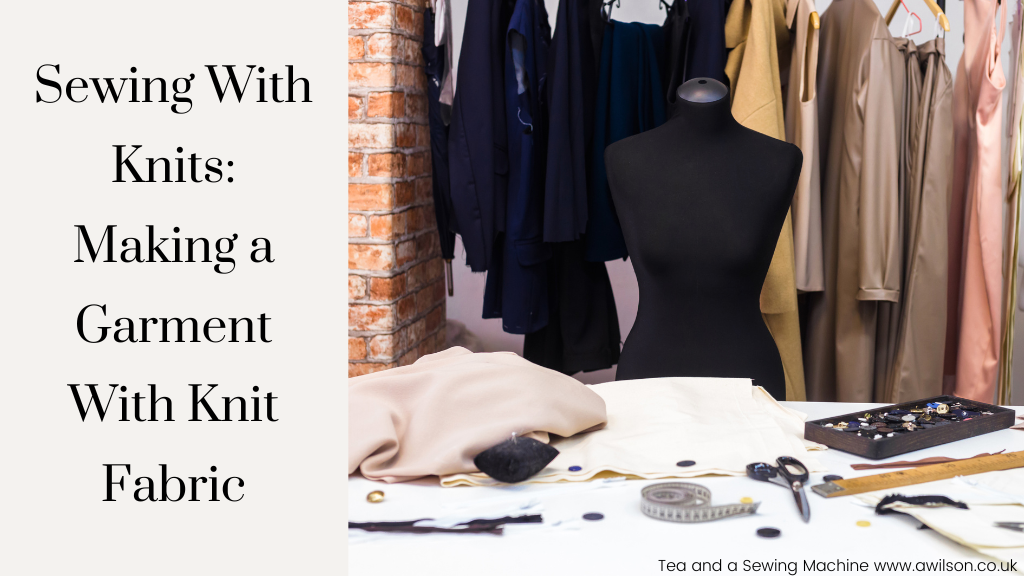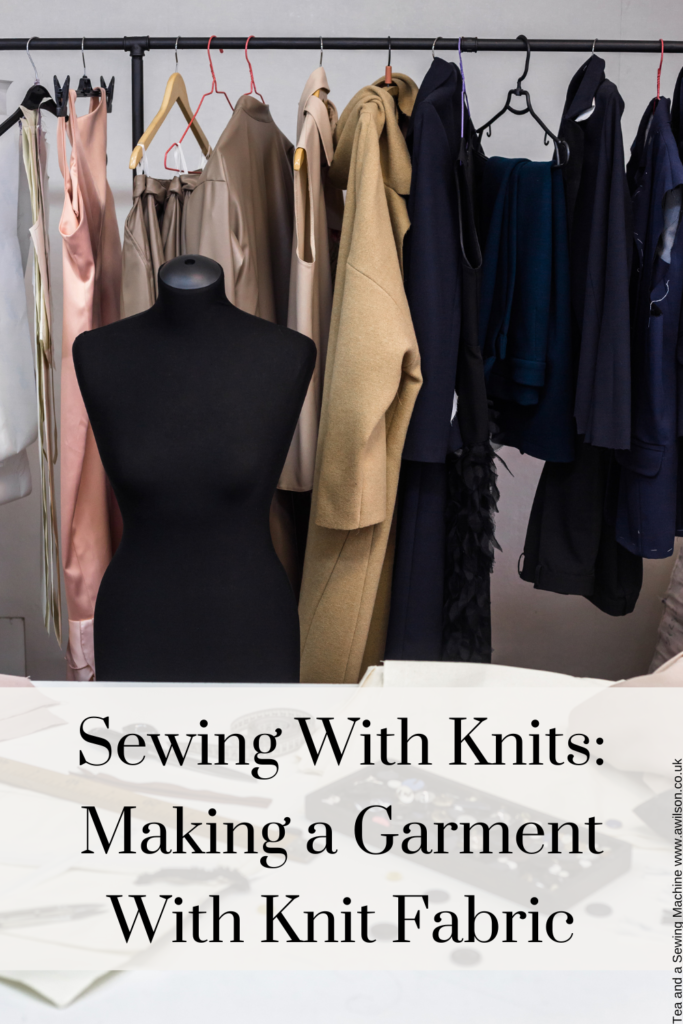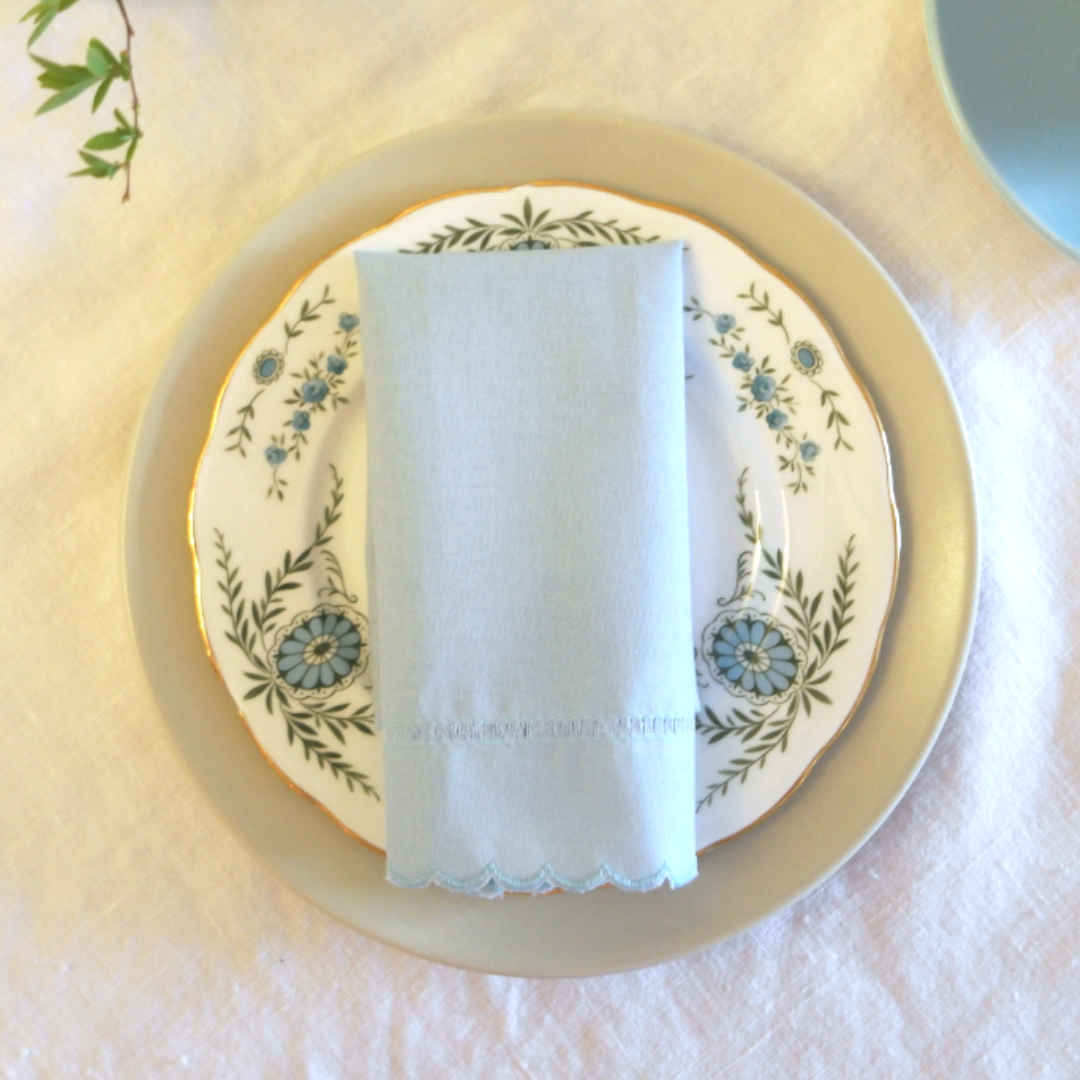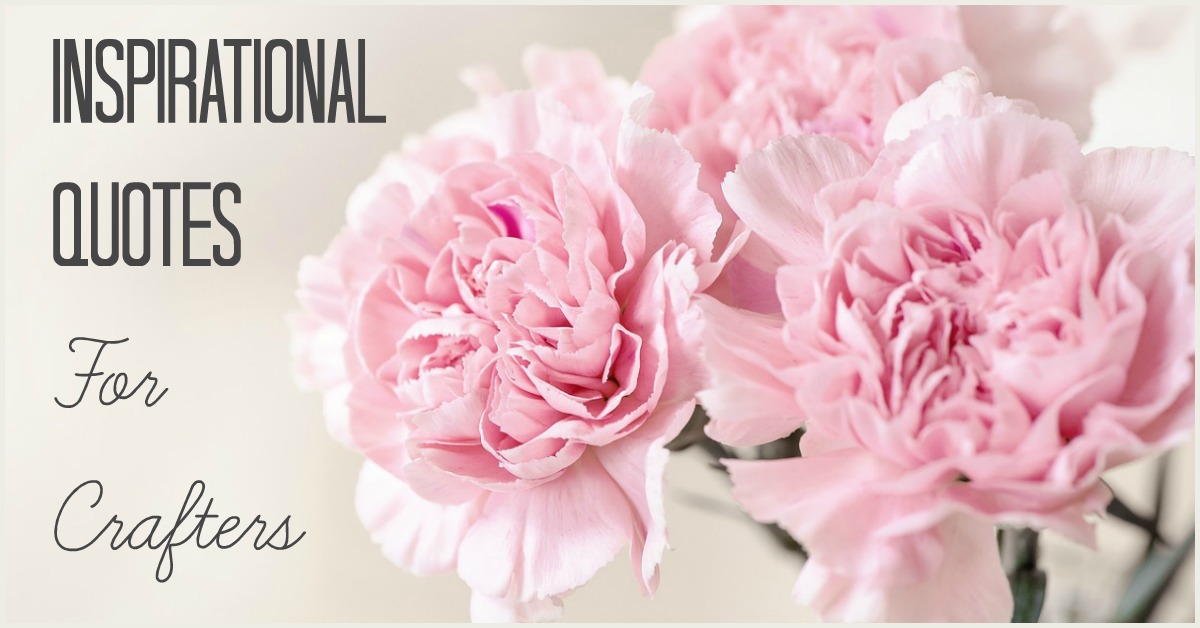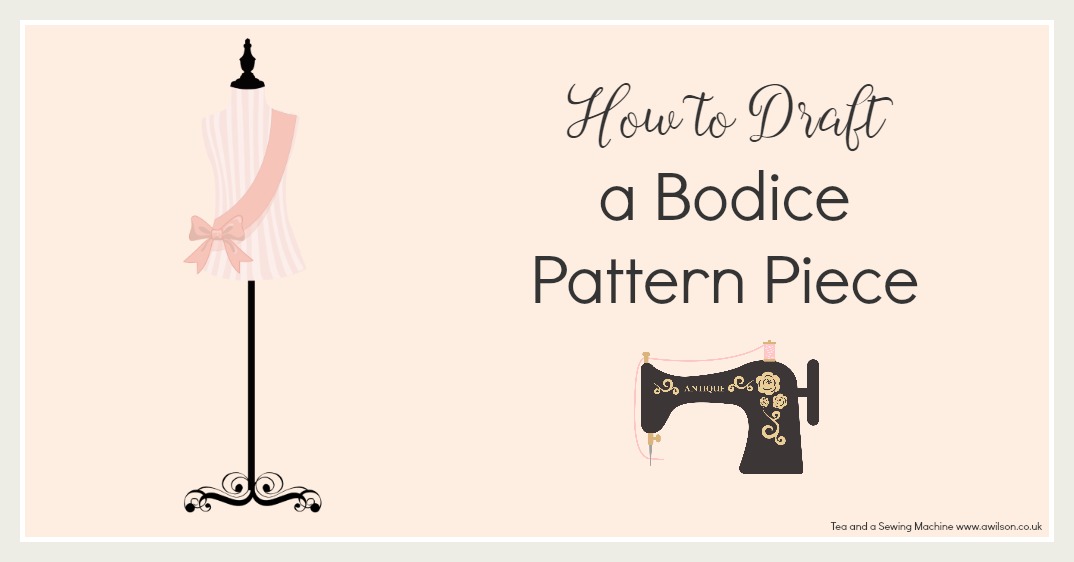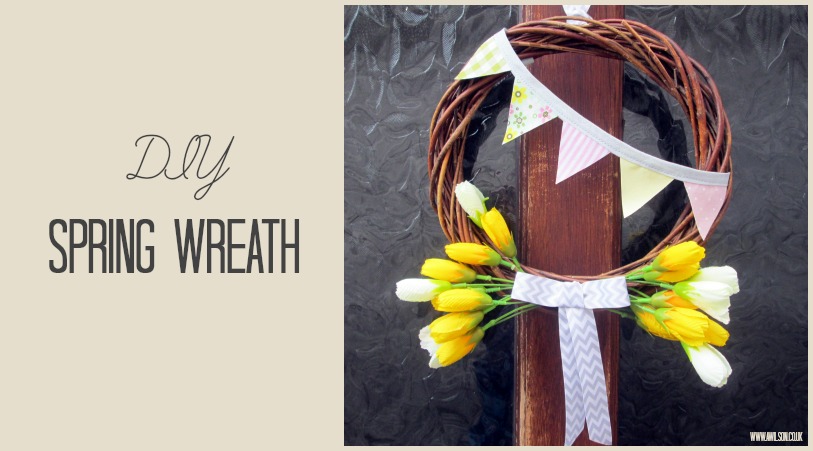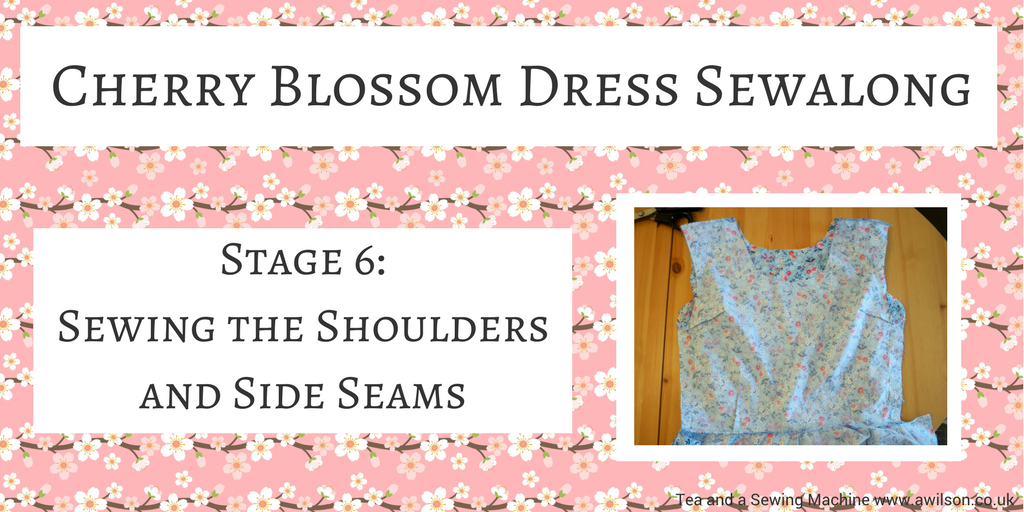Sewing With Knits: Making a Garment With Knit Fabric
The earlier posts in the series can be found here.
In the previous posts, we covered what knit fabrics are, what they are made from and how they differ to woven fabrics. We’ve also addressed how to choose a pattern and fabric that hopefully won’t be a nightmare to sew with. So now you’re ready to start making a garment with knit fabric!
As you’ve probably realised, there are some differences between making a garment with knit fabric, and making something using a woven fabric like cotton. In this post, I’m going to talk through making something with knit fabric, what the pitfalls are and how to avoid them.
Laying Out the Pattern Pieces
One of the good things about knit fabrics that have a one way stretch is that it’s very easy to find the grain if you’ve cut the selvedges off and you can’t remember.
Officially, woven fabrics will stretch a little bit from side to side, but with closely woven fabrics, especially those that are a bit thicker, there isn’t much of a difference whichever way you pull it.
That’s not the case with one way stretch knit fabric! Usually it will stretch much more from side to side than up and down, so it’s easy to tell which way up it is.
This also means that if you get it wrong, it’s much more noticeable. I’ve made things from cotton where the grain has been off, usually because I haven’t had quite enough fabric, and it hasn’t made an obvious difference. I wouldn’t recommend it, it’s definitely better to line the grain up with centre fronts and things, but if you’re in a pinch, with closely woven fabric it usually doesn’t matter too much.
With knit fabric, this isn’t the case. If the pieces are not lined up correctly with the grain, it will be noticeable. So it’s important to take extra care when laying out the pattern pieces. As a general rule, centre fronts and backs are usually on the grain, allowing for sideways stretch where you need it.
Pinning the Pattern Pieces and Cutting Out
Once you’ve got the pattern pieces lined up with the grain, The next step is to pin them to the fabric and cut them out. However, there are 2 potential pitfalls here.
The first is that the pins might not be sharp enough. Even if you have used the same with cotton and found them to be fine, you might find that they pull at the fabric and you end up with some loopy bits.
The second is that it is very easy to stretch the fabric while you are pinning. The stretchiness is one of its advantages, but it can also cause some problems! If the fabric is stretched while pinning, the pieces could end up not being the right size or shape, which will cause some issues later on.
One solution is to use sharp pins and be very careful not to stretch the fabric.
The other solution is to use pattern weights and a rotary cutter instead. If you need a tutorial for pattern weights, I have one here.
Sewing the Bits Together
My number one tip here is to practise sewing on some scrap bits of fabric. If you are sewing seams, then make sure you are using a double thickness. That way, you’ll be able to get an idea of how your sewing machine will handle the fabric.
Most modern machines have a stitch specifically for stretch knits. It allows the stitches to stretch along with the fabric. If yours doesn’t, a zigzag stitch will do the same job.
Don’t start just yet though! When did you last change your needle? If you can’t remember (or if you can remember and it was ages ago!), then swap it out for a new one. If you find yourself having problems even with a new needle, there are needles for stretch knits. I’ve never needed to use one, but it probably depends on the fabric.
Once you start sewing, the big thing to remember is to not to pull the fabric as it is going through the machine. If you do, there’s a good chance the fabric will become stretched, and you will have bumpy seams. Sometimes the easiest thing to do is to have one hand at the back to guide the fabric and keep the other hand out of the way!
Finishing Off
The trickiest thing when making a garment with knit fabric is the neckline. Not only is the fabric already stretchy, you’ve also got the extra stretchiness of fabric cut across the grain.
What I’ve said already about sewing hems also applies here. However, it might not be enough and things might end up stretched anyway.
In that case, using a stabiliser could help. You can buy seam stabiliser, which is often water soluble (it will go when you wash it, hopefully leaving neat stitching and no unwanted frilliness!), or you can use tissue paper and pull it away afterwards. This will reduce how much the thing will stretch when you are sewing it.
If you are using bias binding to finish raw edges, then make sure it is the kind designed to be used with knits. I’ve tried with the ordinary kind, and although it’s fine with knit fabric that’s not too stretchy, it doesn’t really work with the stretchier sort.
Another potential pitfall when it comes to finishing is ironing. Usually I keep my iron on the hottest setting! As I don’t do much ironing, usually only shirts and other things made from cotton, it’s mostly fine. As you can probably imagine though, in the past I have managed to melt holes in things This has included clothes made from synthetics and the hose of the hoover!
When ironing stretch knits, because there is usually a lycra or spandex content, a hot iron will ruin it. So turn the iron down before you press hems and seams!

